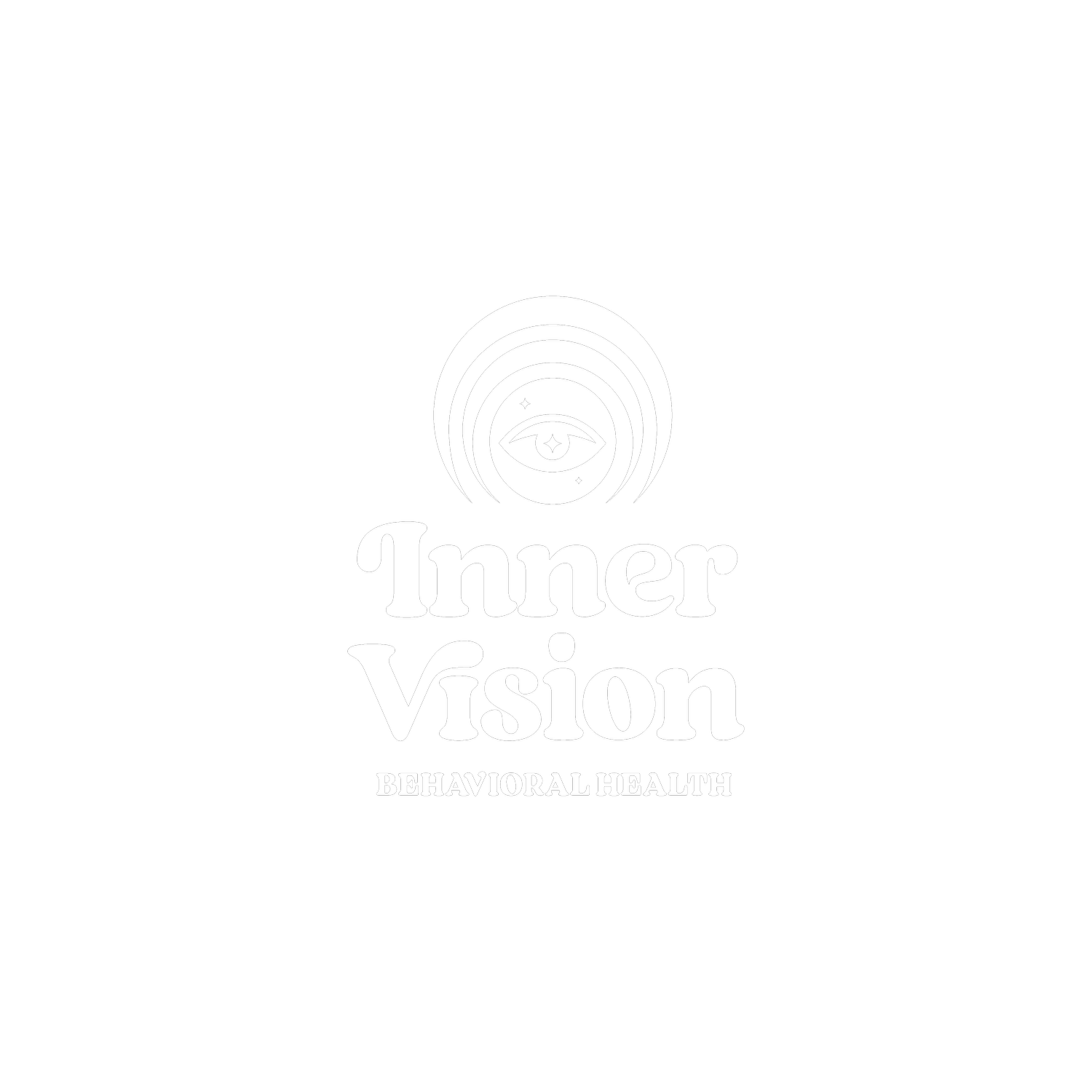
“Trauma isn’t just the sadness that comes from being beaten, or neglected, or insulted. That’s just one layer of it. Trauma also is mourning the childhood you could have had. The childhood other kids around you had. The fact that you could have had a mom who hugged and kissed you when you skinned your knee. Or a dad who stayed and brought you a bouquet of flowers at your graduation. Trauma is mourning the fact that, as an adult, you have to parent yourself. You have to stand in your kitchen, starving, near tears, next to a burnt chicken, and you can’t call your mom to tell her about it, to listen to her tell you that it’s okay, to ask if you can come over for some of her cooking. Instead, you have to pull up your bootstraps and solve the painful puzzle of your life by yourself. What other choice do you have? Nobody else is going to solve it for you.”
― Stephanie Foo, What My Bones Know: A Memoir of Healing from Complex Trauma
Treatment specialties
-
Complex PTSD
Many people enter therapy unaware that they have trauma—or they may not feel the right to “claim” their experiences as traumatic. Complex trauma can be more insidious than overt abuse. Oftentimes, complex trauma is about what we didn’t get early in life that we needed and deserved (validation, freedom from humliation, trust, safety, encouragement, room for self-expression, etc).
-
Disordered Attachment
Attachment is a fancy buzzword these days and you don’t need to accurately know or name your “style.” True attachment theory simply draws a correlation between how consistently your needs were met during infancy and early childhood to how you relate to others as an adult. Many people with attachment wounds fear being abandoned and struggle to find the balance between letting people in too easily and not letting them in at all.
-
Dissociation
Dissociation is a spectrum. We all experience healthy levels almost daily, such as day dreaming or “zoning out.” People with histories of complex trauma tend to dissociate more than others and may develop dissociative disorders, such as DDNOS (dissociative disorder not otherwise specified) or DID (dissociative identity disorder). Clients with dissociative disorders are often relieved to learn about and understand their patterns.
-
LGBTQIA+
As a queer therapist, I understand the difference between having to filter yourself in therapy and being able to fully be yourself. I consider it an honor to work with this population and I hope you’ll feel that whether you are out and proud or just starting to explore your identity.


